#warroad
Text
TJ Oshie & a few Caps may be wearing cut-resistant turtlenecks this week at practice and/or games:
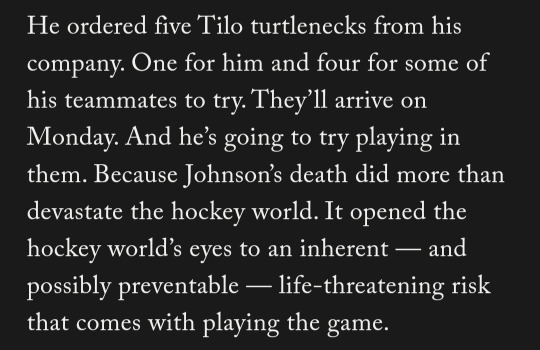
from his company Warroad:

full article here
31 notes
·
View notes
Text
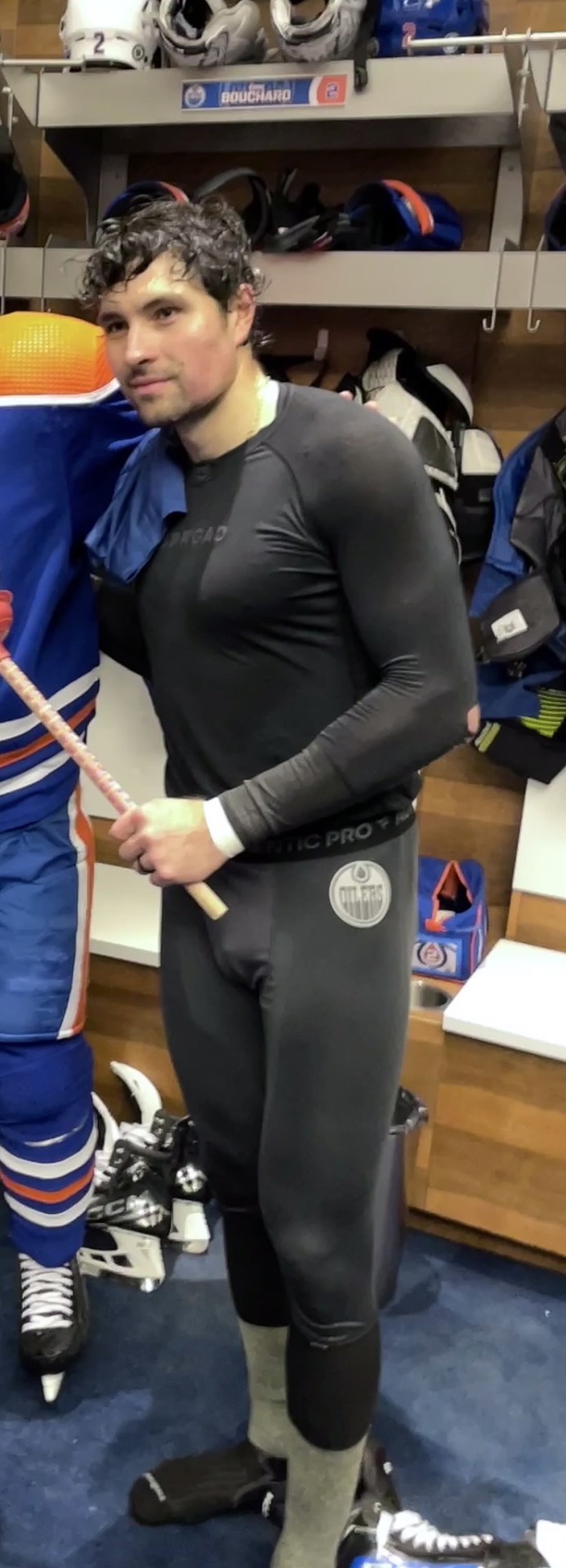

Cody Cici
#cody cici#edmonton oilers#hockey gear#locker room#compression shirt#compresion tights#hockey#warroad#fanatics pro#socks
17 notes
·
View notes
Photo

The American Orient Express heads east at sunset on a trans-Canada journey. Here it briefly dips into the United States to go around Lake of the Woods. This is on the Canadian National secondary main between Winnipeg, Manitoba and Thunder Bay, Ontario.
Between Warroad and Baudette, MN
July 23, 2003
#aoex#american orient express#2003#trains#passenger train#history#warroad#baudette#minnesota#dome car#observation car#dome observation car
5 notes
·
View notes
Text
instagram
1 note
·
View note
Photo

Had a great time at my annual visit to the country corn maze. It was a fishing theme and I learned quite a bit about Lake of the woods with their in maze quiz. Can't wait to see what theme they do next year. Hoping they bring back the scavenger hunt or escape room next year. 🐟 #cornmaze #countrycornmaze #fish #warroad #warroadmn #fallfun #funwithfriends #funwithfamily (at Country Corn Maze) https://www.instagram.com/p/Cj9AmBVJSq2/?igshid=NGJjMDIxMWI=
0 notes
Text
instagram
0 notes
Text

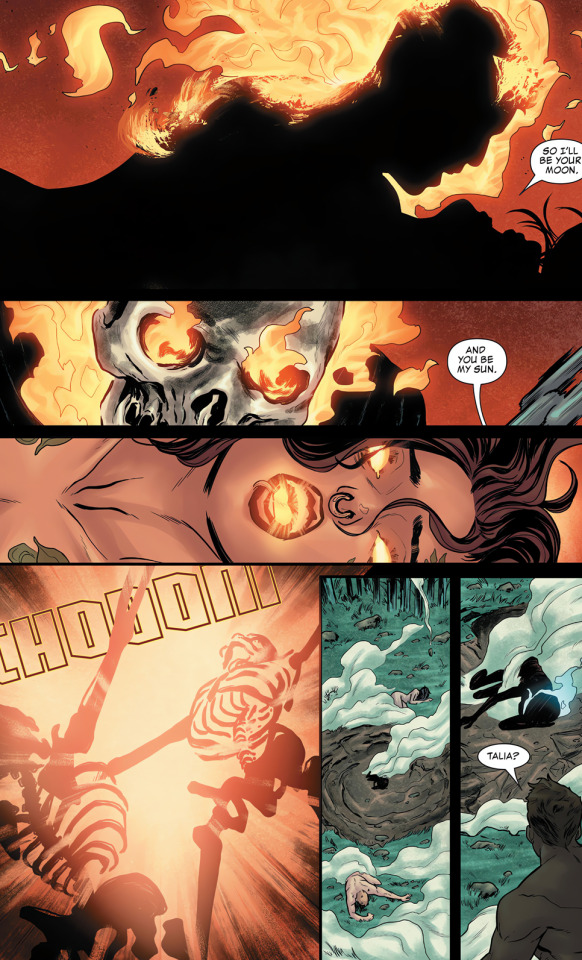
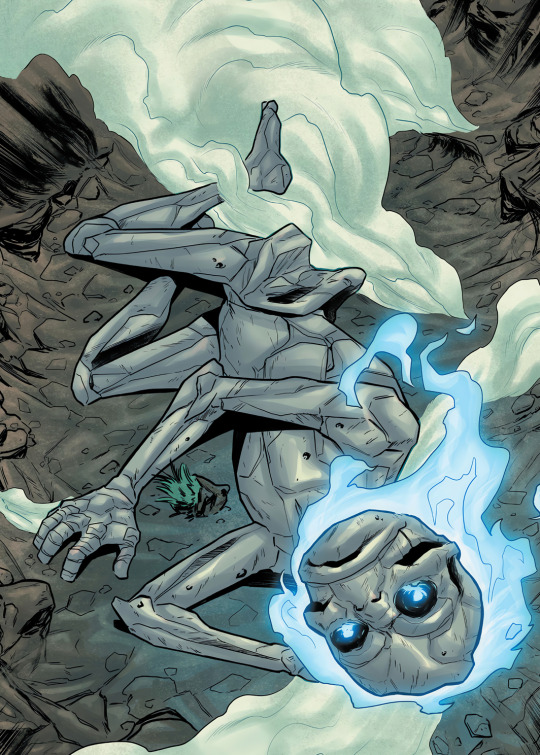
Ghost Rider #20 - "The Kids Are All Wrong" (2023)
written by Benjamin Percy
art by Carlos Nieto
#ghost rider#johnny blaze#talia warroad#marvel#marvel comics#wednesday spoilers#spoilers#comic spoilers
95 notes
·
View notes
Text

Ghost Rider #20 (2023)
-----------------------------------
submitted anonymously
137 notes
·
View notes
Text
this is rushed as hell and really stupid but i need to get it Out Of My Brain so i can work on real stuff lmao

all ghost rider ships are omg feel how cold my hands are x the dumbass that falls for it send tweet
text reads: "Talia's Coffee" "Long Suffering idiot." and "Human Microwave. Again."
#pushing my space heater SoV hosts agenda yet again#ghost rider#johnny blaze#talia warroad#ghost rider (2023)#my art#hyper-hellfire
42 notes
·
View notes
Text
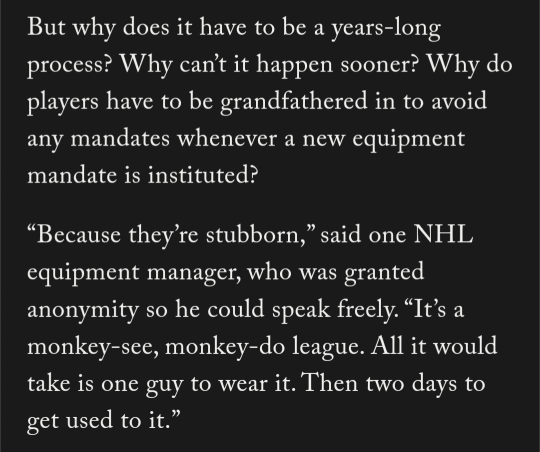
I WANNA HEAR FROM THIS DUDE. Give him an entire hour of anonymity, let's hear it all
⬇️ ⬇️ ⬇️
TW: skate blade injury, medical, emergency, blood, bruise
Ok this is an EXCELLENT article about neck guards and cut-resistant turtleneck undershirts.
please read to the end. Dr Hayley Wickenheiser provides incredible insight about freak accidents and the medical emergency process that shifts the article a couple of times.
$wall: After Adam Johnson's death, will 'stubborn' NHL players embrace neck-protective gear?
A little more than a year ago, T.J. Oshie read a story about a young boy who was cut in the neck by a skate blade during a youth hockey game. Almost instinctively, Oshie reached for his phone and contacted his partners at Warroad, the hockey apparel company he helped found six years ago. What started as a way to create undershirts that weren’t itchy and irritating had developed into a safety-conscious business that helped develop new, cut-resistant fabrics to protect players’ wrists and Achilles tendons.
Now, Oshie wanted turtlenecks to protect the most dangerously exposed part of a hockey player’s body — their neck, and the carotid artery within. Sure enough, Warroad came up with a sleek turtleneck with its “tilo” design, which includes cut-resistant panels built into the fabric.
It worked.
And Oshie still didn’t wear them.
In fact, he doesn’t believe a single player in the NHL wears anything of the sort. None of the bulky neck guards that are mandatory in the Quebec Major Junior Hockey League and Ontario Hockey League (but not the Western Hockey League). None of the Kevlar-style fabric turtlenecks that are becoming more readily available all the time, from companies such as Warroad, AYCANE, and Cut-Tex Pro.
Players have their reasons. Oshie said NHL rinks are “hotter” than ever, with guys sweating through several undershirts a game, and the thought of wearing a turtleneck in such a warm environment is unappealing. Players are superstitious, wearing the same shoulder pads they used in juniors, using the same brand of skate they’ve worn since they were kids, using the same tape job and knob style they’ve used forever. And, well, turtlenecks and neck guards don’t look cool. Heck, only Wayne Gretzky and Tomas Plekanec ever really pulled off the look.
“It’s not a cool look having neck guards on,” Oshie said. “For whatever reason, it’s just not something that’s sleek and looks great.”
But then Oshie learned about Adam Johnson’s death on Saturday night. Johnson, a former player for the Pittsburgh Penguins, was cut in the neck by a skate blade during a game in England and died, shaking the hockey community to its core. Players and coaches from around the league expressed their heartbreak over the tragedy. But Oshie did more than that.
He ordered five Tilo turtlenecks from his company. One for him and four for some of his teammates to try. They’ll arrive on Monday. And he’s going to try playing in them. Because Johnson’s death did more than devastate the hockey world. It opened the hockey world’s eyes to an inherent — and possibly preventable — life-threatening risk that comes with playing the game.
At any level.
“I just wish these things never had to be made, and injuries like this would never happen, because it’s so sad,” Oshie said on his way to the Capitals’ game against the Sharks on Sunday evening. “It hits me pretty hard, just thinking about my kids. I could take one to the neck tonight. And for them to not have a father — it’s just so sad and it makes me think twice about protecting myself and my neck out there. Whether it looks cool or not.”
~ ~ ~ ~ ~ ~ ~ ~ ~
Jason Dickinson didn’t know what had happened to Boston’s Jakub Lauko last Tuesday at the United Center, he only knew that it looked gruesome. One of Dickinson’s Chicago teammates asked him what had happened and Dickinson speculated that Lauko had hit his head on the boards and “split open.”
After the game, Lauko’s bloodied face was still a topic of conversation in the Blackhawks dressing room. Dickinson heard someone say that it was a skate blade that caught Lauko in the area of his left eye.
“A skate?” Dickinson said. “How did that happen?”
“It was your skate!” a teammate told him.
“Are you kidding me?” Dickinson responded. “When?”
It had happened when Dickinson was falling into the boards after a push from Boston’s John Beecher. Lauko was already down on all fours, and Dickinson’s skate caught him in the face. As mangled as his face was in the aftermath, Lauko was extraordinarily lucky the skate missed his eye. Dickinson never even felt the contact.

Dickinson, after learning it was his skate, immediately checked in with the team’s medical staff to find out if Lauko was OK, and was indescribably relieved to find out he was. Dickinson’s heart went out to Johnson’s family on Sunday, but he also spared a thought for the player whose skate caught Johnson in the neck.
“I feel for (him) as well,” Dickinson said. “He’s on the other end of that and he’s going to have some stuff to work through, because that’s heavy stuff. I guarantee he feels guilty right now, even though it’s a freak accident.”
That’s a word you hear a lot when it comes to skate-cut injuries, whether it’s Pat Maroon’s skate slicing through Evander Kane’s wrist last season or Matt Cooke’s skate tearing Erik Karlsson’s Achilles tendon 10 years ago. A “freak” accident. A “freak” play.
But is it? After all, this is a game played by people moving at exceptional speeds with exceptional force wearing exceptionally dangerous weapons on their feet. If anything, it’s shocking that skate cuts don’t happen more often.
Hayley Wickenheiser, a Team Canada legend, assistant general manager for the Toronto Maple Leafs and emergency physician, bristled at the depiction of such incidents as “freak” occurrences.
“I don’t think this is a freak thing, I think it happens quite a lot,” she said. “It’s just the injuries are superficial, or the players are lucky. This isn’t something that doesn’t happen; it happens a lot in hockey. Sticks come up, skates come up, and the neck is very susceptible. So whatever we can do to make (neck protection) more mainstream and just part of the equipment, the better for the future of the game. It just makes sense to me.”
Indeed, while terrifying incidents like the cuts suffered by Johnson and former Sabres goaltender Clint Malarchuk are thankfully very rare, it seems like every player has a story to tell of a close call, a near miss, a Lauko-style bit of “luck.” Dickinson took a skate on the collarbone during a game against Vegas last season and “immediately panicked,” wondering if a major artery was nicked.
“I remember the ref looked at me right away and said, ‘That was real close, Dickie,’” Dickinson said. “I’m like,’ Yeah, you’re telling me. I can f—ing feel it.”
Oshie was volunteering at a camp at his alma mater, North Dakota, some years ago, when he was rough-housing with the kids. They were dog-piling him on the ice, falling all over each other, laughing hysterically.
“Then one kid came in full speed and slid into the pile feet-first, and he actually hit me square in the face with his skate blade,” Oshie said. “So I had to get stitches above and below my eye. I still have a scar in my eyebrow that goes into my forehead. Luckily, it was flush with my face so it didn’t cut my eye.”
They can’t all be “freak” incidents, right?
“It’s unfortunate,” Blackhawks coach and 21-year NHL veteran Luke Richardson said. “It’s one of the fastest games on Earth, with razor blades on the bottom of your feet. It’s very scary and things happen quick. … I don’t know if there’s any way to guarantee that there’s going to be protection. Even if you do wear something. You can’t be in a tin can top to bottom out there for protection. It’s the risk that the pro players take.”
Richardson cited Oshie’s company as a valuable resource for players, and suggested that with time, neck protection will become normalized in the NHL. When he entered the league in 1987, there were still players playing without helmets. It took years after that for visors to become the norm to protect players’ eyes. Richardson hoped that with neck protection becoming more and more common — and mandatory — in lower leagues, it’s only a matter of time before it “graduates up” to the NHL.
Arizona center Nick Bjugstad, who played with Johnson in Pittsburgh and called him “just a kind human,” said he couldn’t bring himself to watch the video, so he doesn’t know exactly how the cut happened. But he thinks the answer is pretty obvious.
“There are times that your feet go out from under you and you don’t have control,” Bjugstad said. “As far as the precaution going forward, I’m sure it’ll be discussed in the league. It’s even more important on the youth side of things, with the lack of athletic trainers and whatnot. I hope we can figure something out as a hockey community that protects us from something so tragic happening.”
Scott Sandelin, who coached Johnson at Minnesota-Duluth, said making neck protection and Kevlar-style undergear mandatory has come up in conversations around the NCAA championship committee, with longtime Mercyhurst coach Rick Gotkin leading the charge.
“He was like, ‘Why do we wait?’” Sandelin recalled. “Why do we wait for something like this to happen before you mandate something?”
Dickinson said the NHL provided a video at the beginning of the season highlighting the benefits of cut-resistant sleeves to protect the wrists and Achilles tendons, and those have become quite popular around the league. But neck protection remains ignored by everyone other than goaltenders.
Johnson’s death surely opened some eyes around the hockey world to the risk of skate cuts to the neck, and it appeared that several Providence Bruins, in the AHL, wore neck guards on Sunday. That’s a start.
But why does it have to be a years-long process? Why can’t it happen sooner? Why do players have to be grandfathered in to avoid any mandates whenever a new equipment mandate is instituted?
“Because they’re stubborn,” said one NHL equipment manager, who was granted anonymity so he could speak freely. “It’s a monkey-see, monkey-do league. All it would take is one guy to wear it. Then two days to get used to it.”
~ ~ ~ ~ ~ ~ ~ ~ ~
Wickenheiser has a similarly simple solution to getting players past all their superstitions and habits, to get them to embrace what seems like such an obvious solution to a terrifying problem.
“You just put one on,” she said. “I wore one for 20 years with the national team, it didn’t interfere with anything I did. … It’s just like anything else, when one player does it, everyone sees it and it becomes normal. I can’t even remember hockey without visors now, and I grew up watching the world of hockey without visors. I can’t even imagine not playing with a visor with how fast the game is.”
As an emergency physician and all-time hockey great, Wickenheiser is perhaps uniquely qualified to weigh in on the subject. She knows how well-stocked NHL arenas are in terms of medical care. She also knows it’s not nearly enough if, God forbid, a situation similar to what happened to Johnson happens in an NHL game. The thought has frequently crossed her mind that if there were an incident at a practice, she might be the most qualified person in the rink that day. She runs the scenarios in her mind constantly, and “it truly horrifies me.”
“You know how little time and resources you have to save a life in that moment,” she said. “The deck is entirely stacked against you as a physician. In the NHL buildings, there would be qualified physicians, there’s (emergency medical services) in the building. You have every resource at your fingertips. But what you don’t have is time. You need a surgeon and you need blood and you need time, and there’s none of those things in that moment. It’s just such a devastating injury. It freaks me out, for sure.”
It’s something players rarely think about. Can’t think about, really. Richardson said it was similar to a football player coming back from a knee injury — if you’re constantly wondering if the surgically repaired knee will hold up, you’ll never be playing at full strength and full speed. Hockey players have to feel invincible out there in order to take the risks they take on seemingly every shift.
But Oshie said there’s an instinctive, almost unthinking awareness of what your skates are doing at all times. Because the danger is always in the back of your mind, if not the front.
“I think you’re always very conscious of where your skates are when you’re playing,” he said. “I know I am. If someone’s on the ground in front of you, even if you get pushed from behind, you always get your feet out of the way, if that makes sense. It might look terrible if someone is about to fall on someone and goes knees-first, but that’s what you do instead of trying to land on your feet. I just assume that everyone else has that same mentality. But those very freak things happen. You get pushed from behind and you stay on one foot and the other foot comes up. I took a skate blade to my visor in our last preseason game, just this year. So I was a couple inches away from being cut somewhere.”
The game only gets more dangerous with each passing year. Players get bigger, stronger, faster. Skate blades are removable now, and they stay razor-sharp throughout the game, rather than dulling with each shift. Ignoring the risks won’t make them go away.
The introduction of the slap shot led to the goalie mask. Whippier sticks and more dangerous shooters made visors inevitable. Ten or 20 years from now, it’s easy to envision players regularly wearing full face shields. The Karlsson and Kane incidents, among others, helped spur the creation and popularization of wrist and ankle sleeves.
Neck protection will undoubtedly follow. It’s just a matter of when.
And if Johnson’s tragic and shocking death doesn’t prove to be enough to open eyes and open minds, then what will?
“There are options out there, and it’s not a bad idea at all,” Dickinson said. “It’s about awareness. And events like (Saturday) night, events like Kane’s, like Karlsson’s — those really make guys think and get them worried. It’s definitely something I’d consider now. I mean, who cares what it looks like? Looking lame and living is a lot better than the opposite.”
#adam johnson#tj oshie#warroad#washington capitals#hayley wickenheiser#nhl#qmjhl#ohl#whl#ncaa hockey#ncaa#tomas plekanec#wayne gretzky#jason dickinson#chicago blackhawks#jakub lauko#boston bruins#evander kane#pat maroon#matt cooke#erik karlsson#toronto maple leafs#clint malarchuk#buffalo sabres#luke richardson#nick bjugstad#arizona coyotes#pittsburgh penguins#edmonton oilers
27 notes
·
View notes
Text



Ghost Rider (2022) #19
16 notes
·
View notes
Text
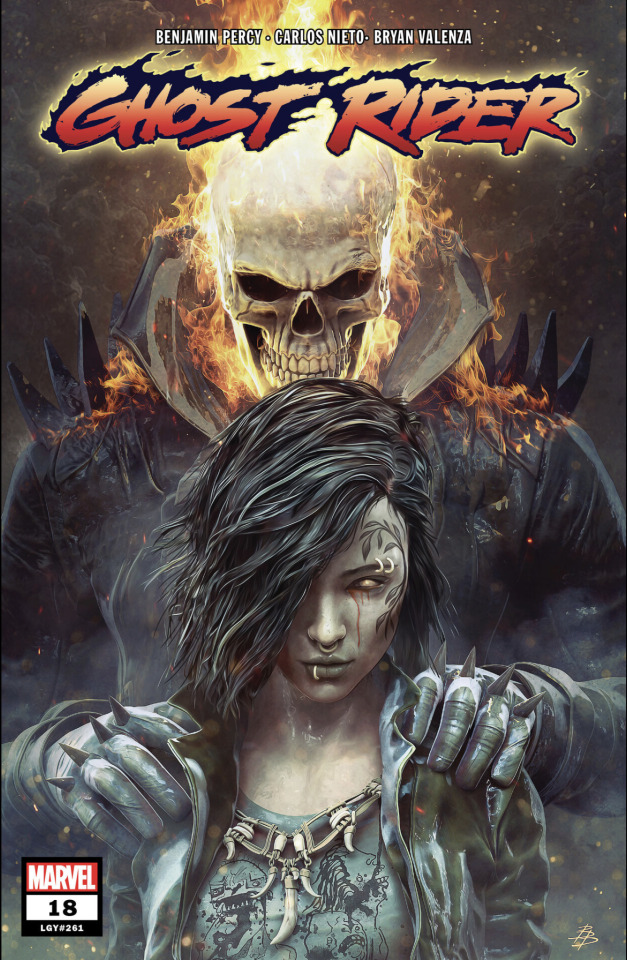
Ghost Rider #18
22 notes
·
View notes
Text
instagram
instagram
1 note
·
View note
Text






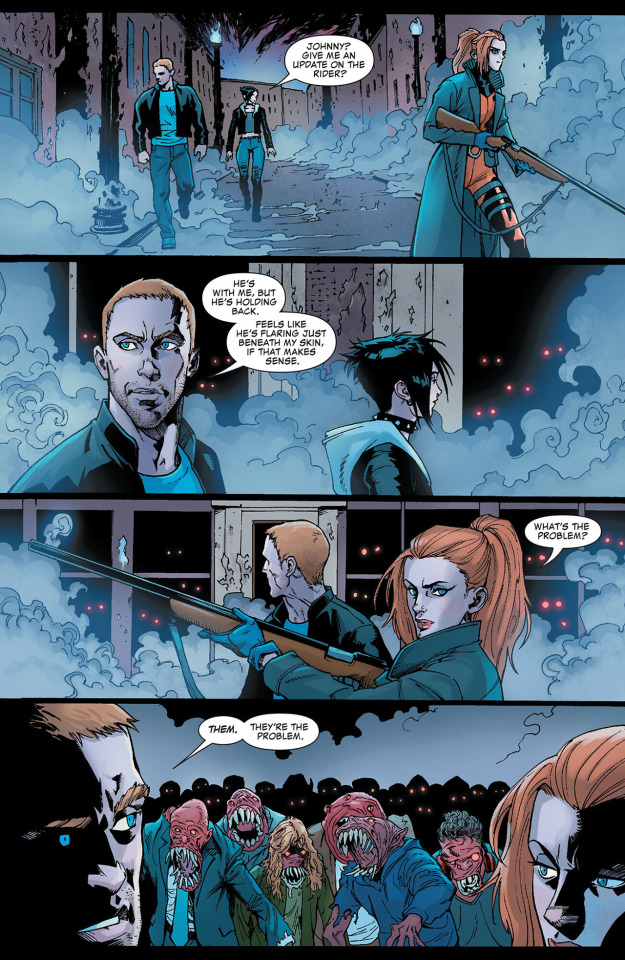

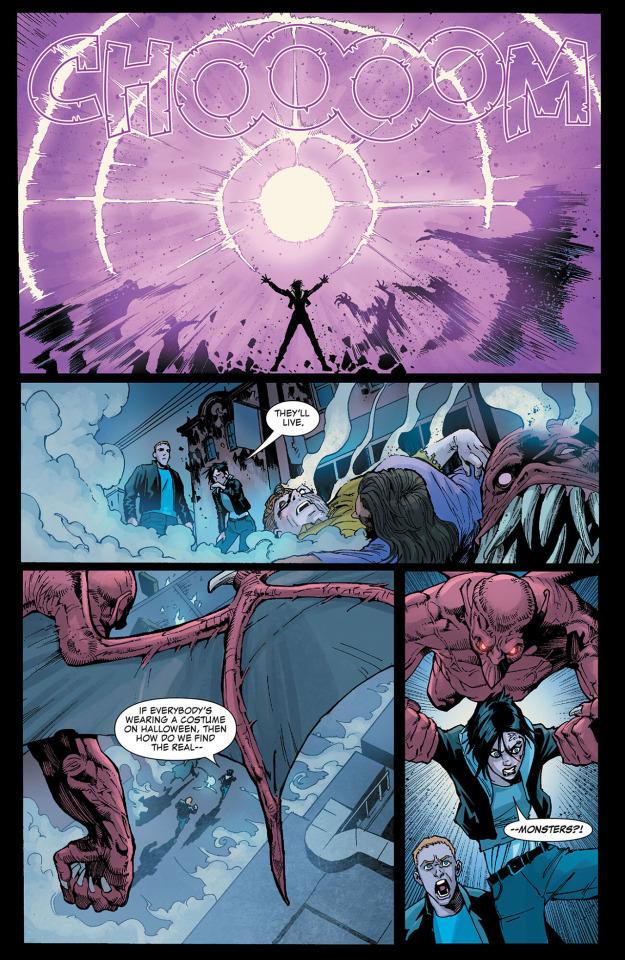


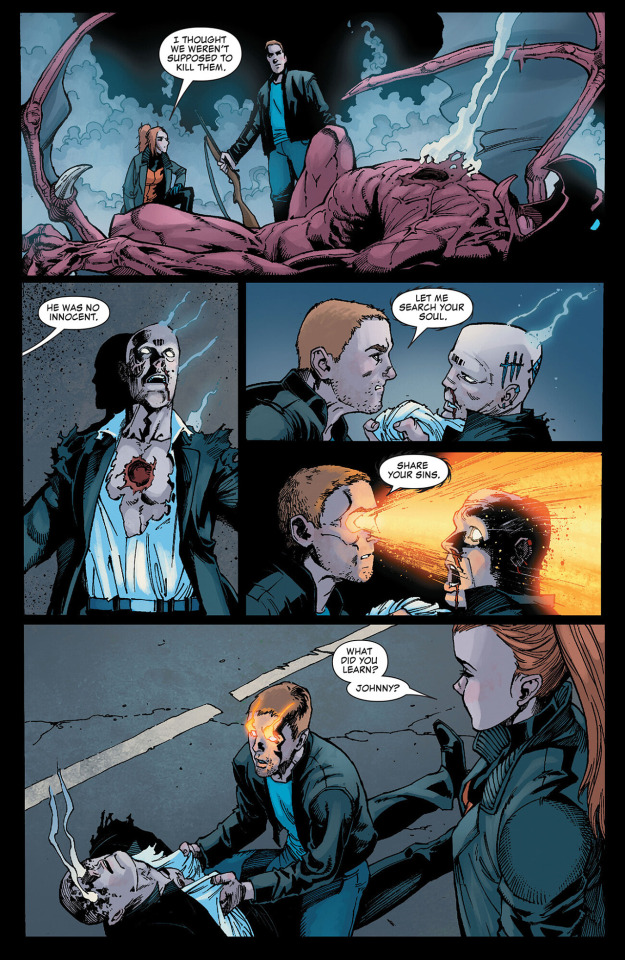
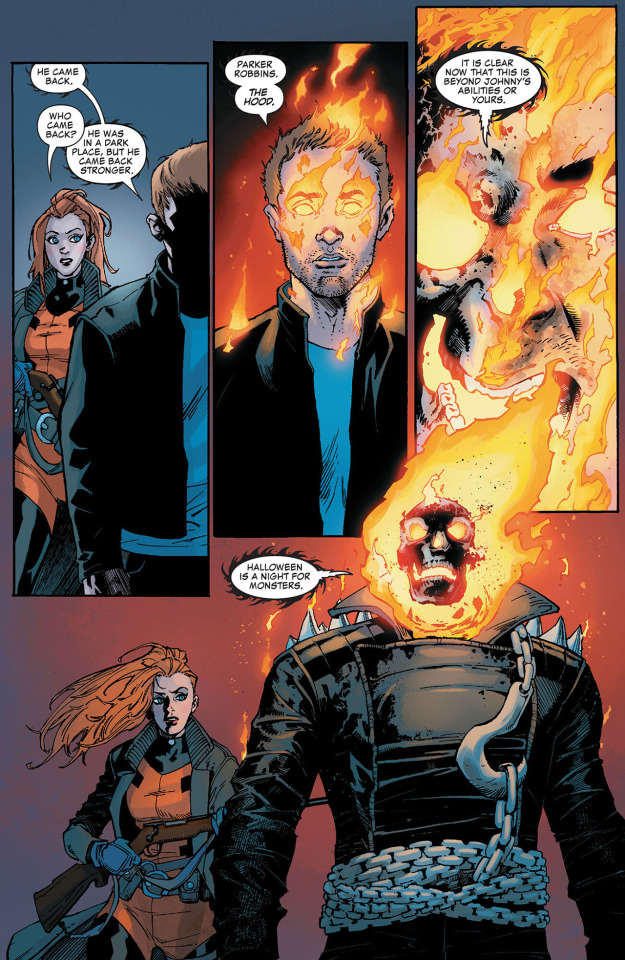
Ghost Rider Annual #1
#ghost rider#johnny blaze#talia warroad#elsa bloodstone#marvel comics#marvel spoilers#matt reads a thing#i posted this#happy halloween
53 notes
·
View notes
Text

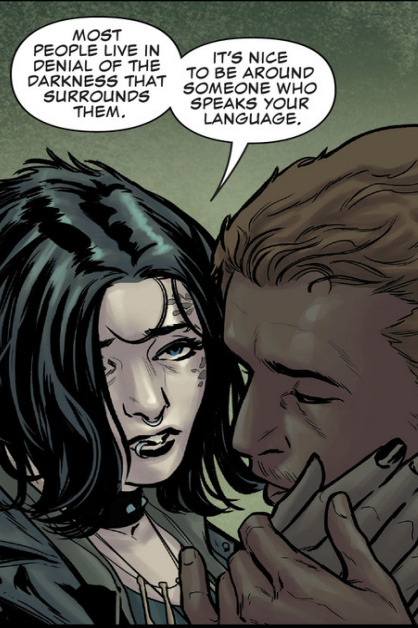



These dorks are going to be the death of me, I s2g.
22 notes
·
View notes
Text

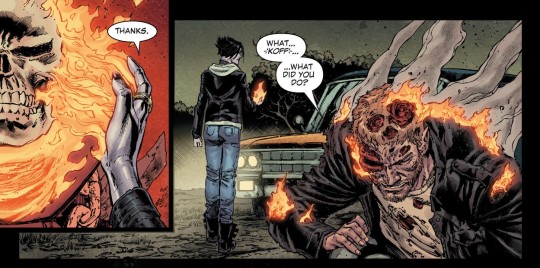









From Ghost Rider Vol. 10 #019, “Rite of Passage”
Art by Cory Smith, Brent Peeples, Oren Junior and Bryan Valenza
Written by Benjamin Percy
21 notes
·
View notes